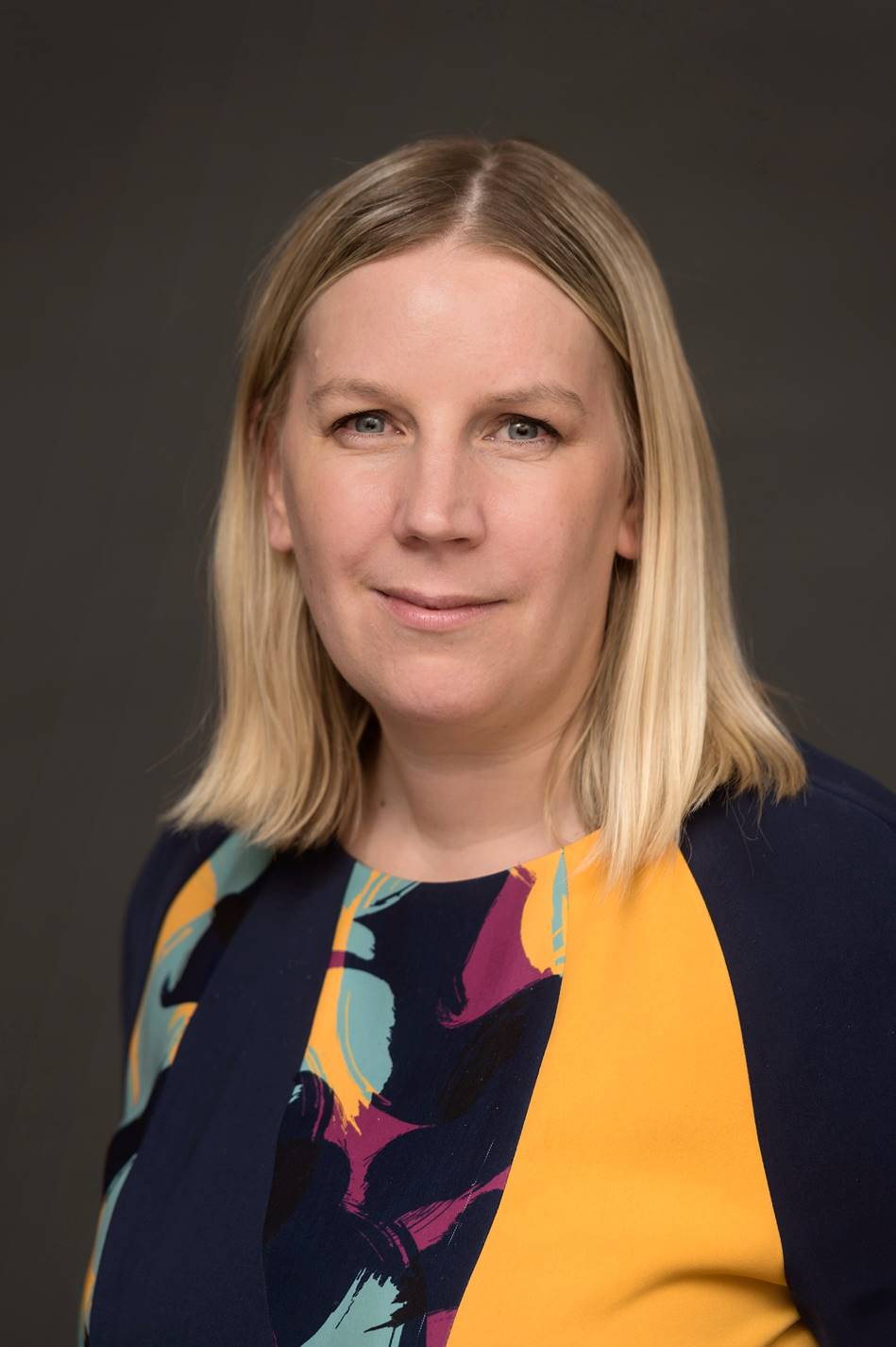Finding my Purple Ocean with the Growth Advantage Programme
By Nathalie Agnew - Posted on 30 May 2019
Nathalie Agnew took part in the Growth Advantage Programme and is launching a new specialist PR agency as a result of being on the programme. Here, she explains the journey from idea to reality.
In 2017 I completed Strathclyde Business School’s Growth Advantage Programme (GAP), a pioneering programme providing a practical learning experience to leaders of ambitious businesses in Scotland.
GAP focuses on four core ‘advantages’ – market, leadership, operations and resources. Each area was covered with two jam packed days spanning theory, case studies, practical workshops and guest speakers. It was definitely not death by PowerPoint – we set up a mock paper plane factory, built LEGO versions of ourselves as leaders and worked on our own businesses rather than case studies wherever possible. As busy business leaders this interactive and practical approach was invaluable – keeping our attention wasn’t easy but the value of the learning experience shone through and everyone was highly engaged.
All four areas of the programme provided me with actionable insights and models that I was often able to hear about on a Friday and implement the following Monday, but the market session was the one that gave me the most food for thought. Over the following 18 months I kept coming back to the idea of having a better-defined market.
Rather than look at obvious strategy theorists such as Porter’s Five Forces, GAP took an entrepreneurial approach and made Blue Ocean strategy the core of the learning. Written by INSEAD professors W. Chan Kim and Renee Mauborgne, Blue Ocean strategies create new market space and make the competition irrelevant.
The set-up of the session really hit home for me. The opposite of a Blue Ocean is a red one – a place where there is little differentiation in the market and lots of competition. Everyone does something quite similar and wins are achieved by being slightly cheaper or a few percentage points better in some way or another. My traditional PR agency Muckle Media is very much in the red ocean. We are great at what we do but we are very similar to lots of other businesses.
We try to set ourselves apart through quality of service, delivery of objectives and being very creative, but the industry we operate in has lots of similar agencies and we find we regularly face the same competitors, winning some pitches and losing others. We often hear that we were a very, very close second, and so do our competitors. We rely on marginal gains rather than standing out by a long way.
The Blue Ocean idea really got me thinking, how can I disrupt our marketplace and create something new and different that makes the competitors irrelevant? For many at our stage of growth (we’ve been going for eight years) the opportunity cost is too great to radically overhaul your entire business model and start again.
My initial sketching led me to consider automation, machine learning and ways that technology could revolutionise the PR industry. I considered a new way of working that would take the Xero software as a service model and create a new breed of agency that automated PR and relied less on the linear scalability of selling services by the hour. Whilst the idea was solid and it could definitely have potential, I scoped it out and it was just too much of a jump from where we are today and moving from running a consultancy to a software business would be incredibly risky and expensive.
Instead I considered further how we could move from our current red ocean - selling everything to everyone - to a more targeted market, a bit closer to the coveted Blue Ocean. I worked with our team to identify traits in our client base that made the difference between the clients we really love working with and those we saw the most opportunity with in the future.
Partly down to the ‘resource advantage’ workshops, we’ve invested heavily recently in our people and culture so one potential route was to create a new market targeting organisations with positive cultures. We discussed this as a team and although it was a valid and credible option we felt it was too woolly and not tangible enough - we’d be moving from one red ocean to another!
We went back to the drawing board and considered vertical (industry) and horizontal (cross industry) sectors. Mapping growth rates of key sectors in Scotland against our core skills within the team we produced SWOT analysis of some of the best emerging ones. The circular economy was a potential vertical sector we considered, but it wasn’t a shared passion of everyone in the team, so we moved away from this idea.
Then we had a lightbulb moment – some of our favourite clients past and present were multi-generational family owned businesses. We loved the level of buy-in communications we had with the board and family and we felt our successes in PR had a real impact on the businesses, which we could clearly see. We could really make a difference.
We scoped out the market further and discovered that the top 100 family-owned firms alone collectively generate over £17 billion per year of turnover to the Scottish economy and support over 100,000 jobs. Across the UK family owned businesses make up around 25 per cent of GDP and more the 45 per cent – a strong market to grow our business in.
The team met again and we weighed up our market options – the family-owned sector was a clear winner and everyone was excited. In just two months we created a brand and today we’re launching it with Relative PR sitting alongside Muckle Media. We’ll continue to serve all sectors and use our public, private and third sector experience from Muckle Media, but now have an exciting new market to specialise in with Relative PR.
I spoke to GAP professor John Anderson about the process and said I don’t think I’ve found a Blue Ocean, but it’s definitely not a red one either – “it’s purple!” he said. So for those with established brands who are not yet brave enough to start again, think about how finding a complementary ‘purple ocean’ might help you to create a new, more targeted market, without losing all the work you’ve already invested in your primary brand.
Thanks to the GAP team for helping me find my purple ocean – if you run an ambitious business in Scotland you could find yours too by contacting John and the team to find out more about the next GAP intake.
For more information about the Growth Advantage Programme, please contact the Hunter Centre for Entrepreneurship: sbs.growthadvantage@strath.ac.uk










